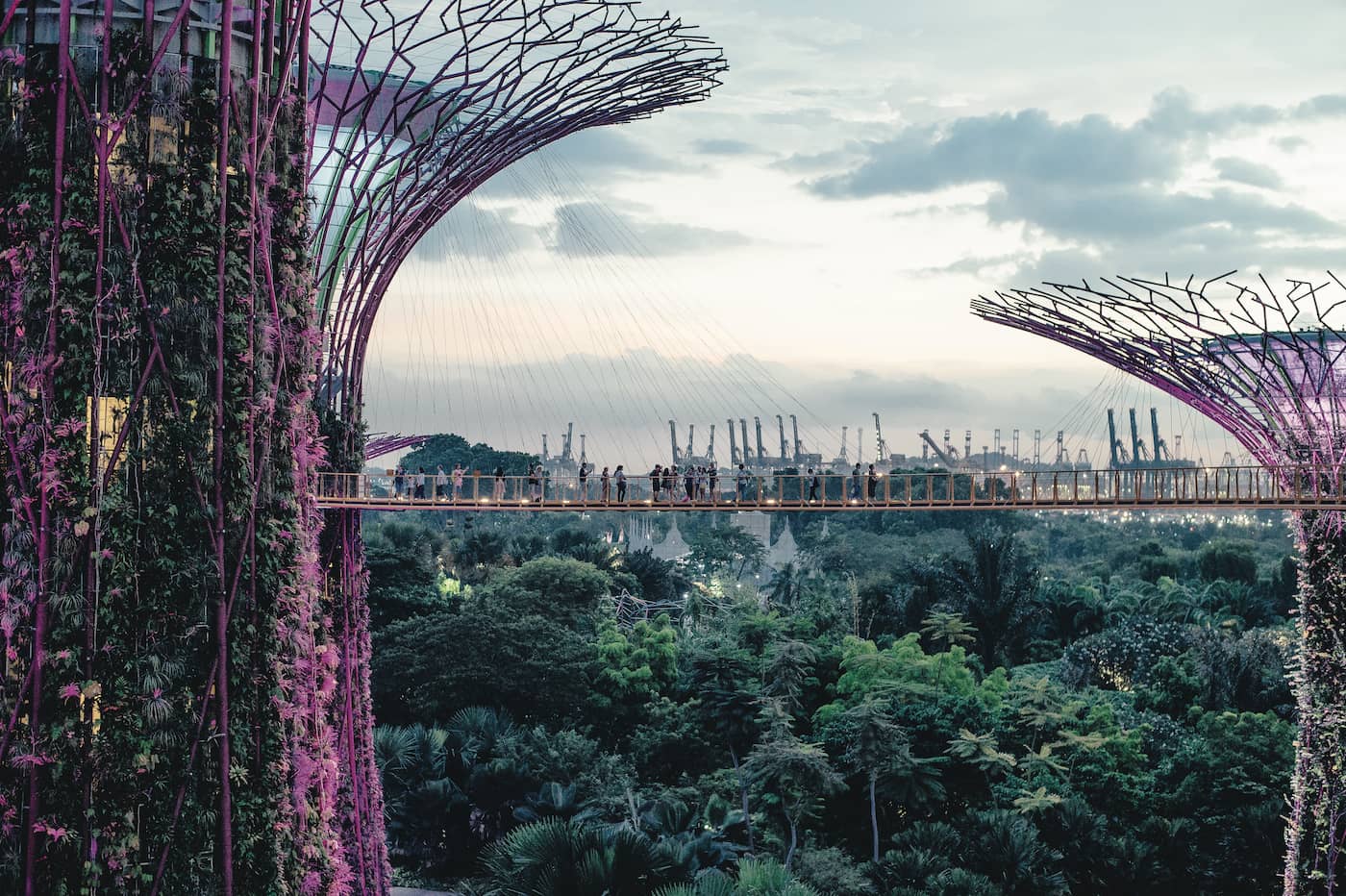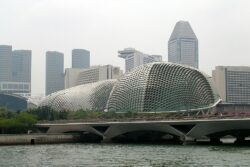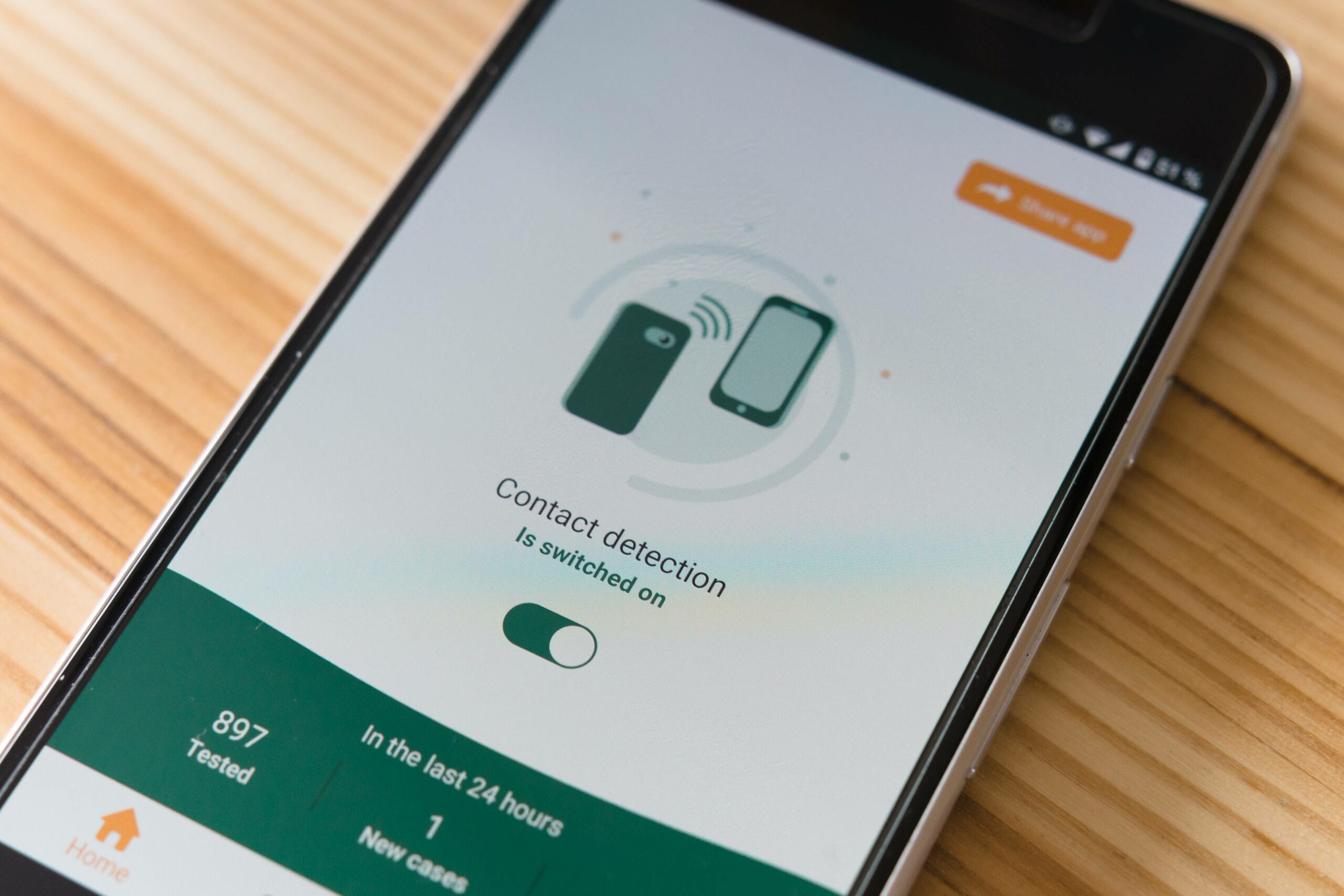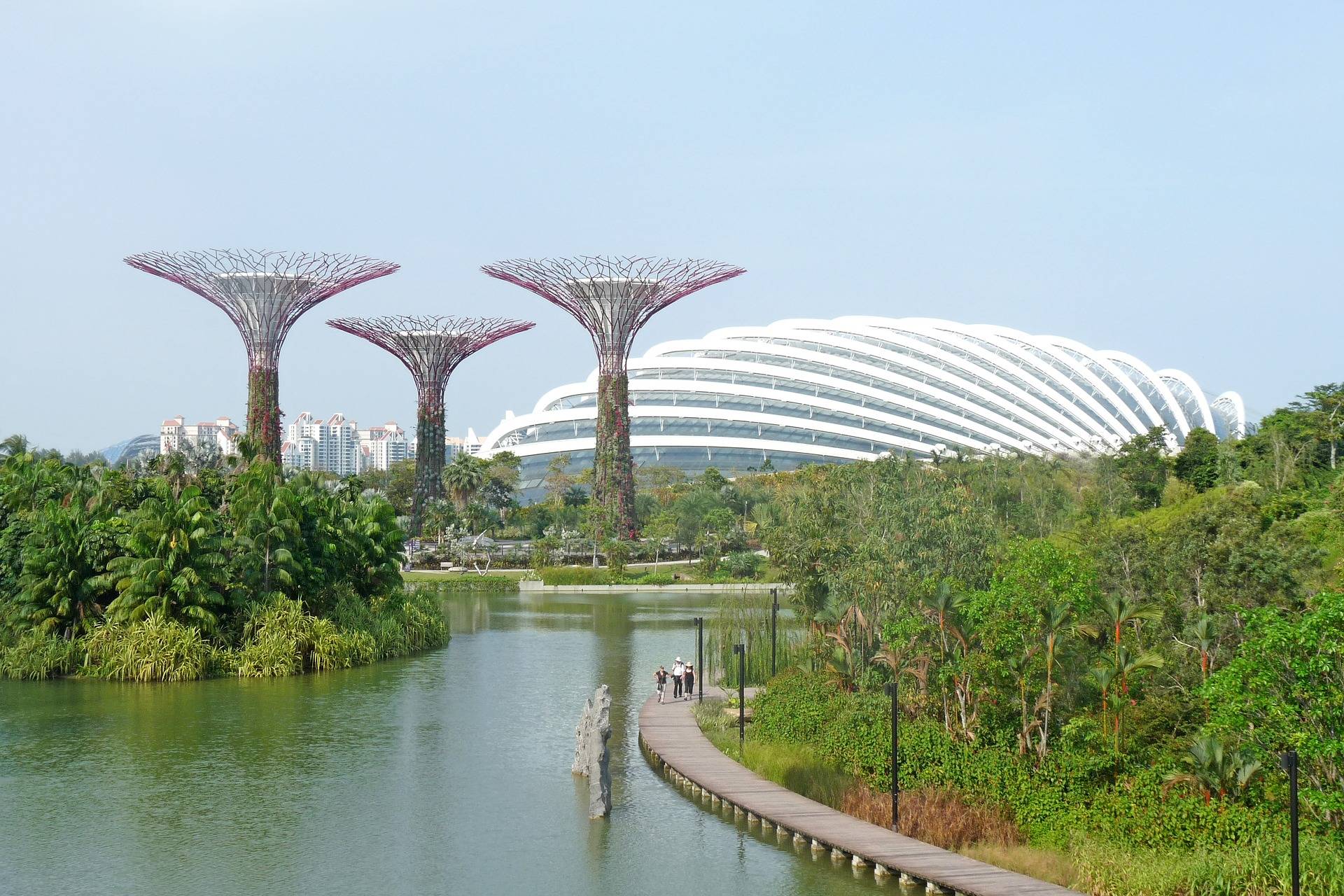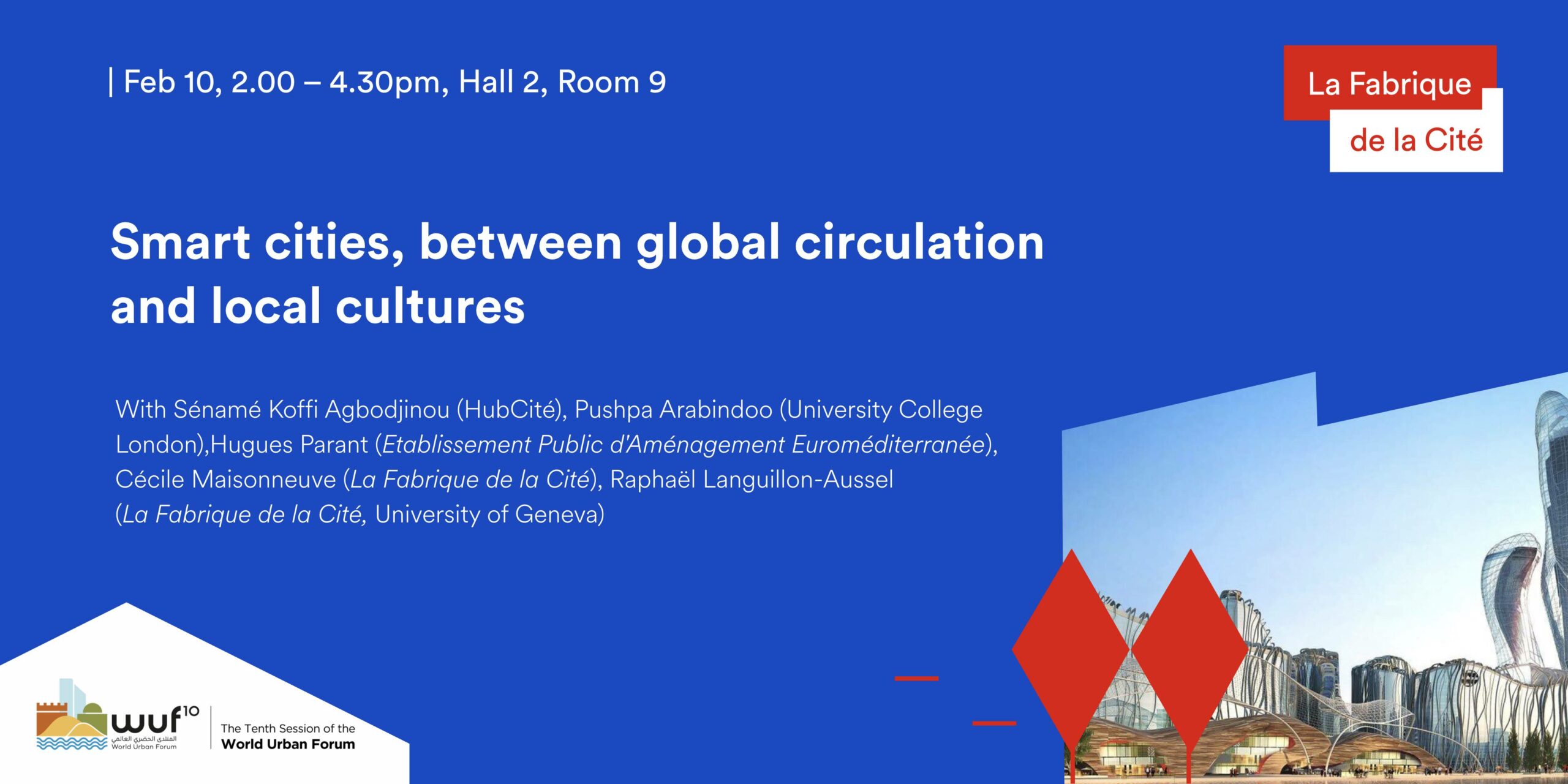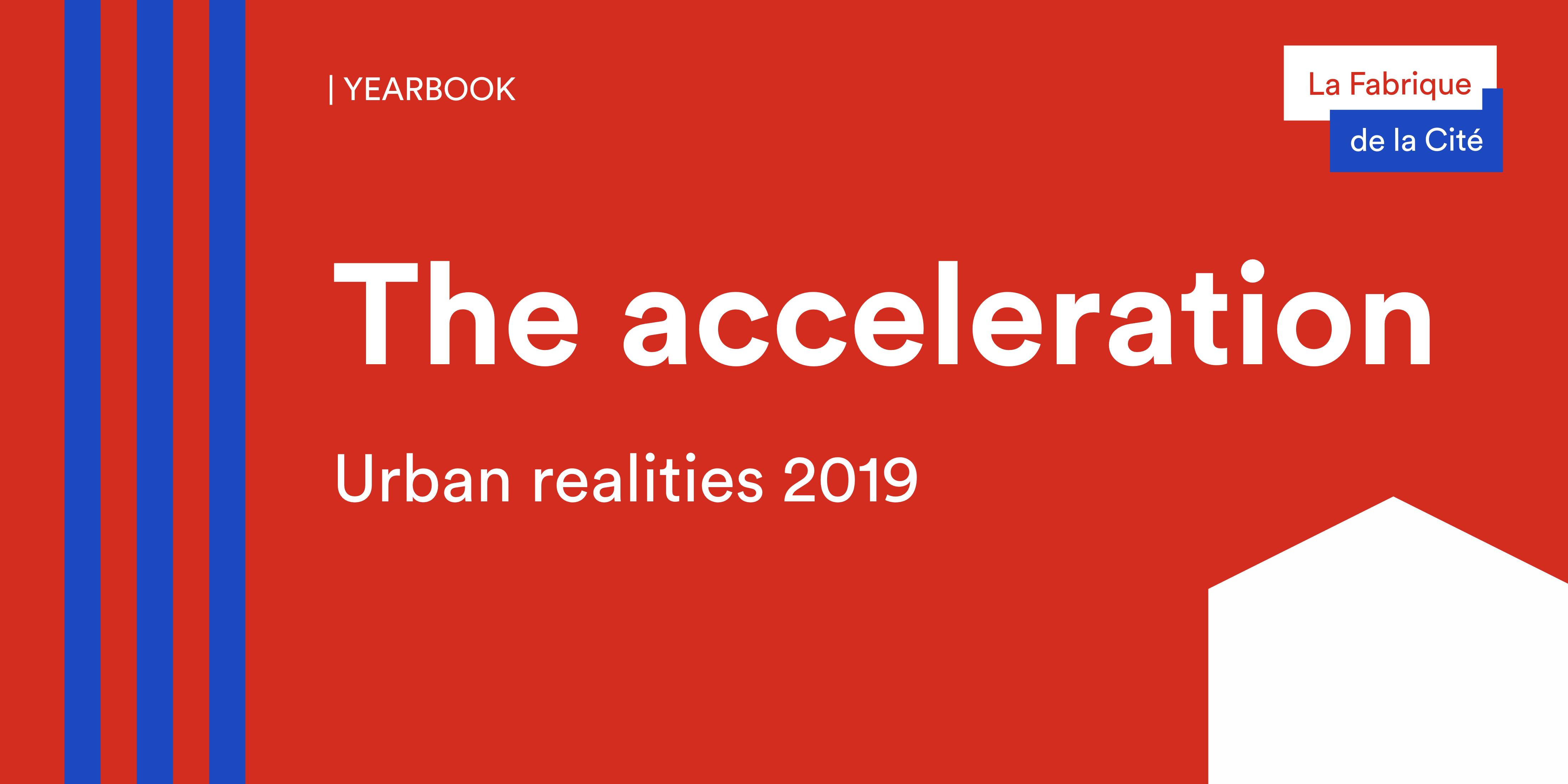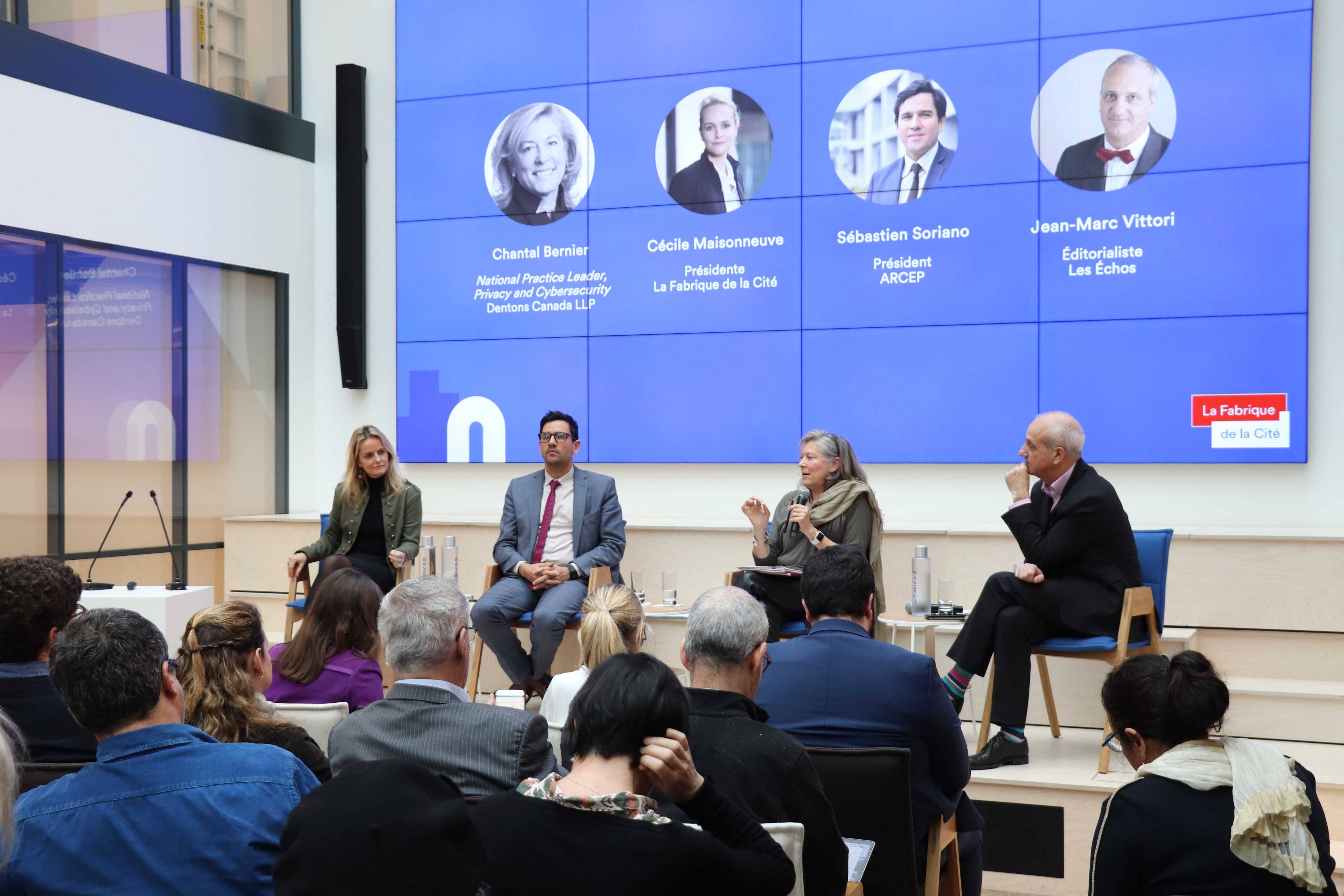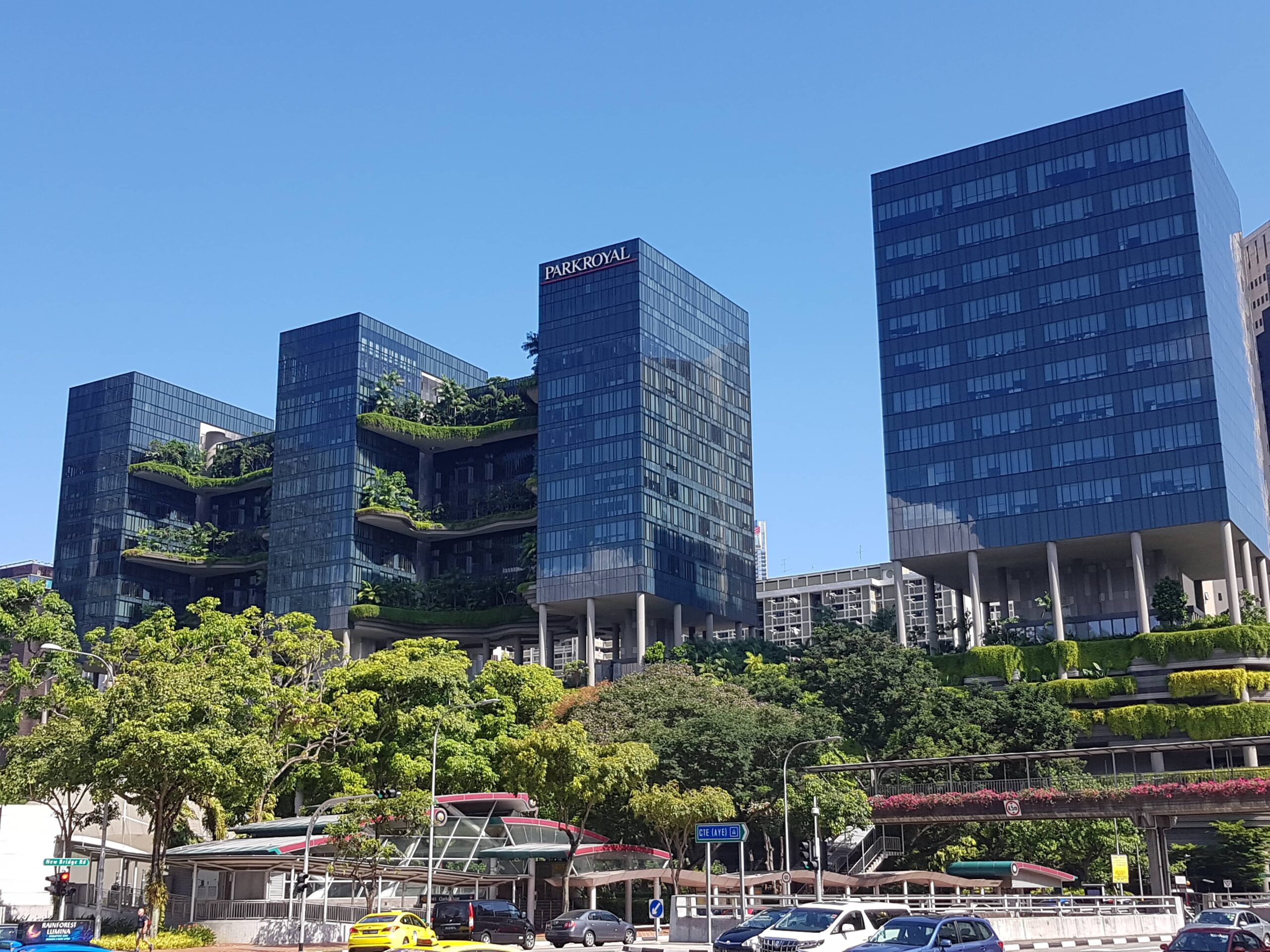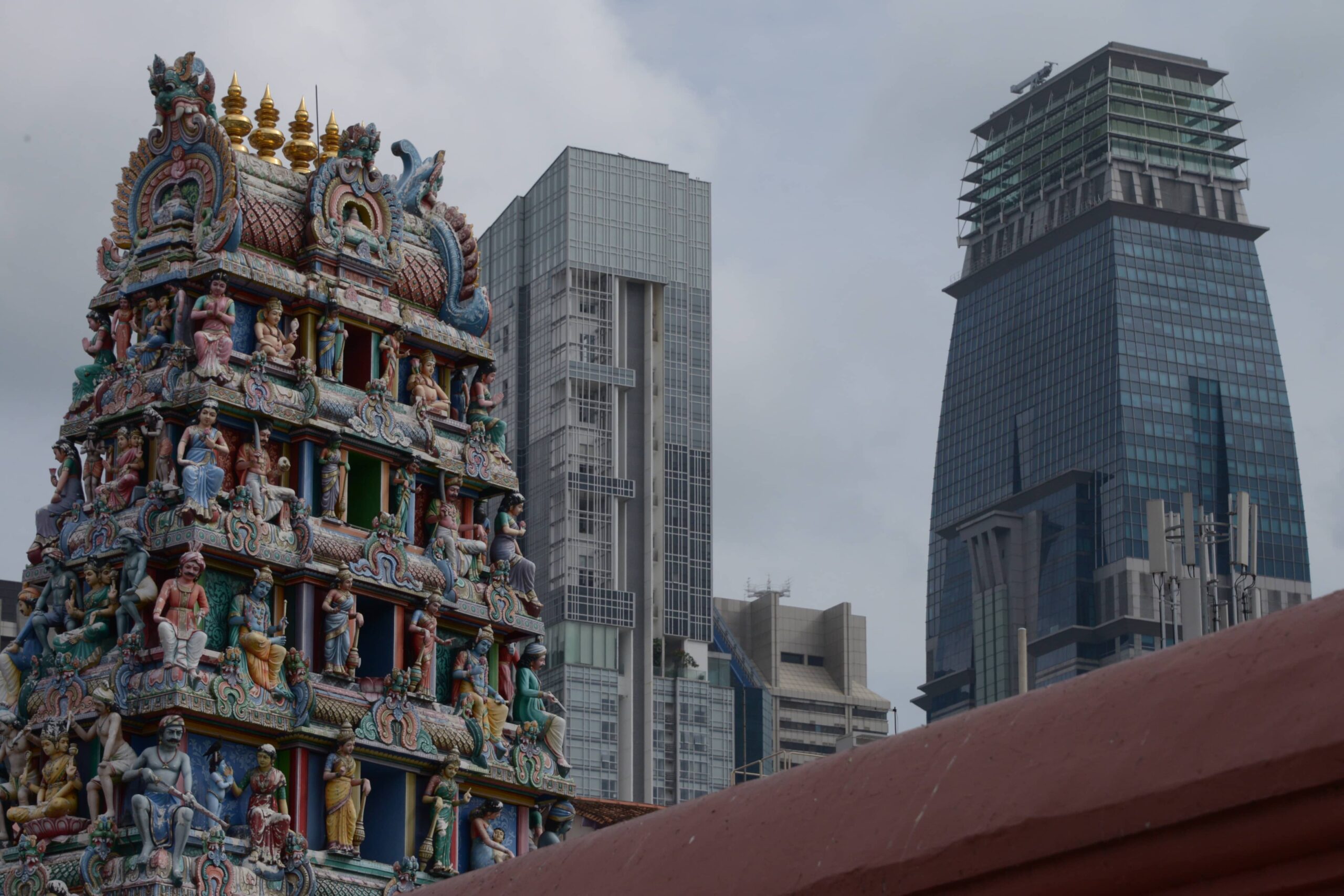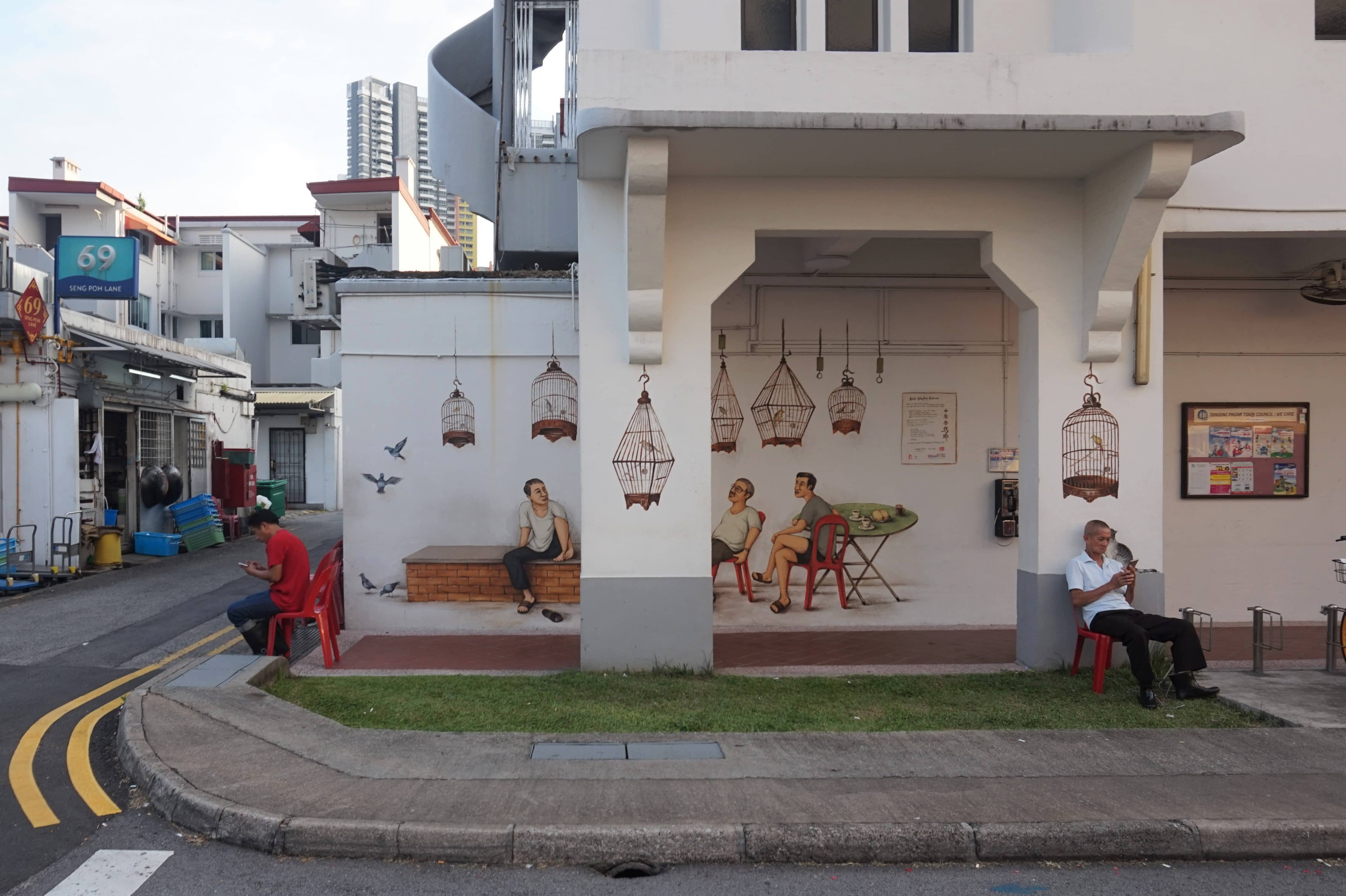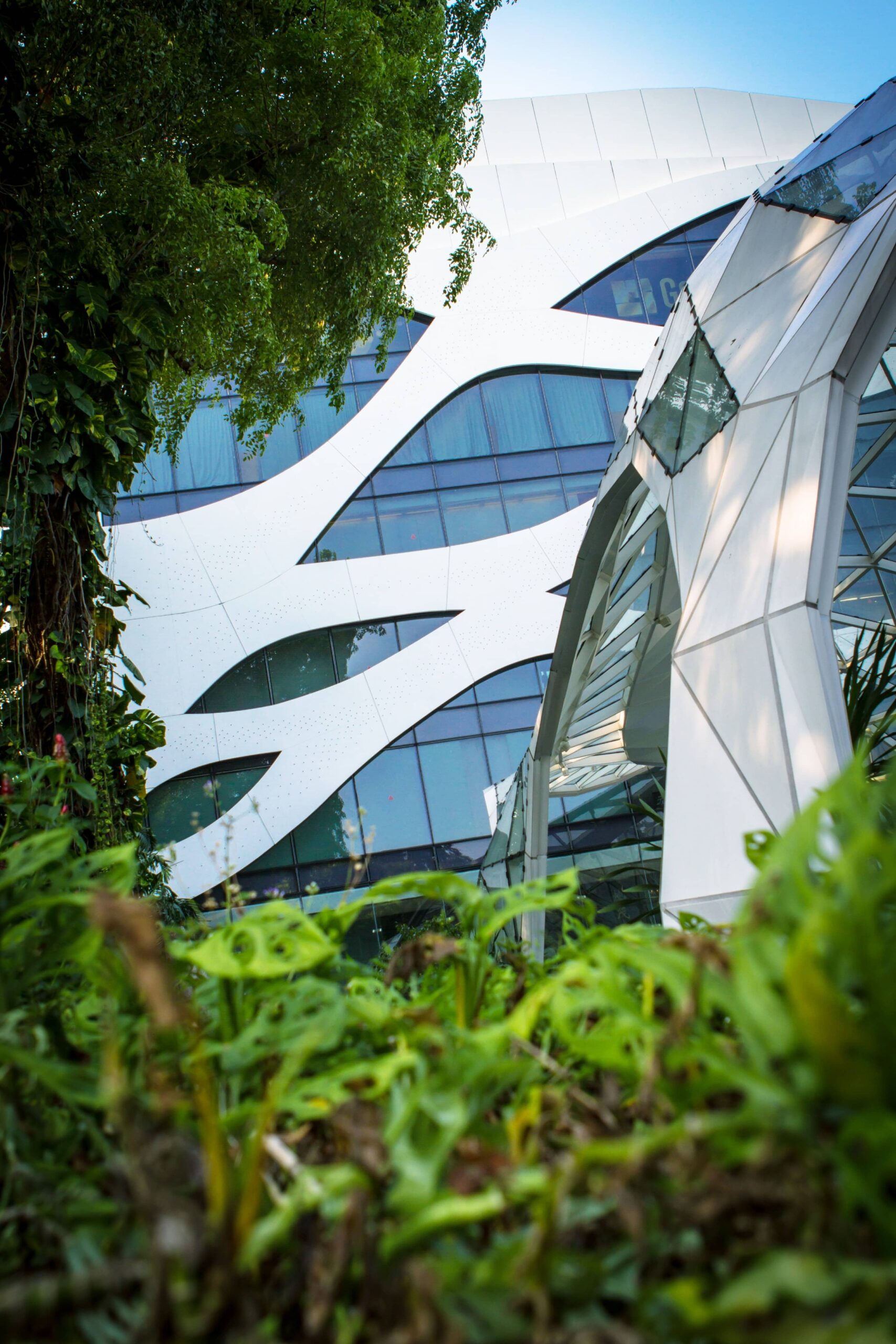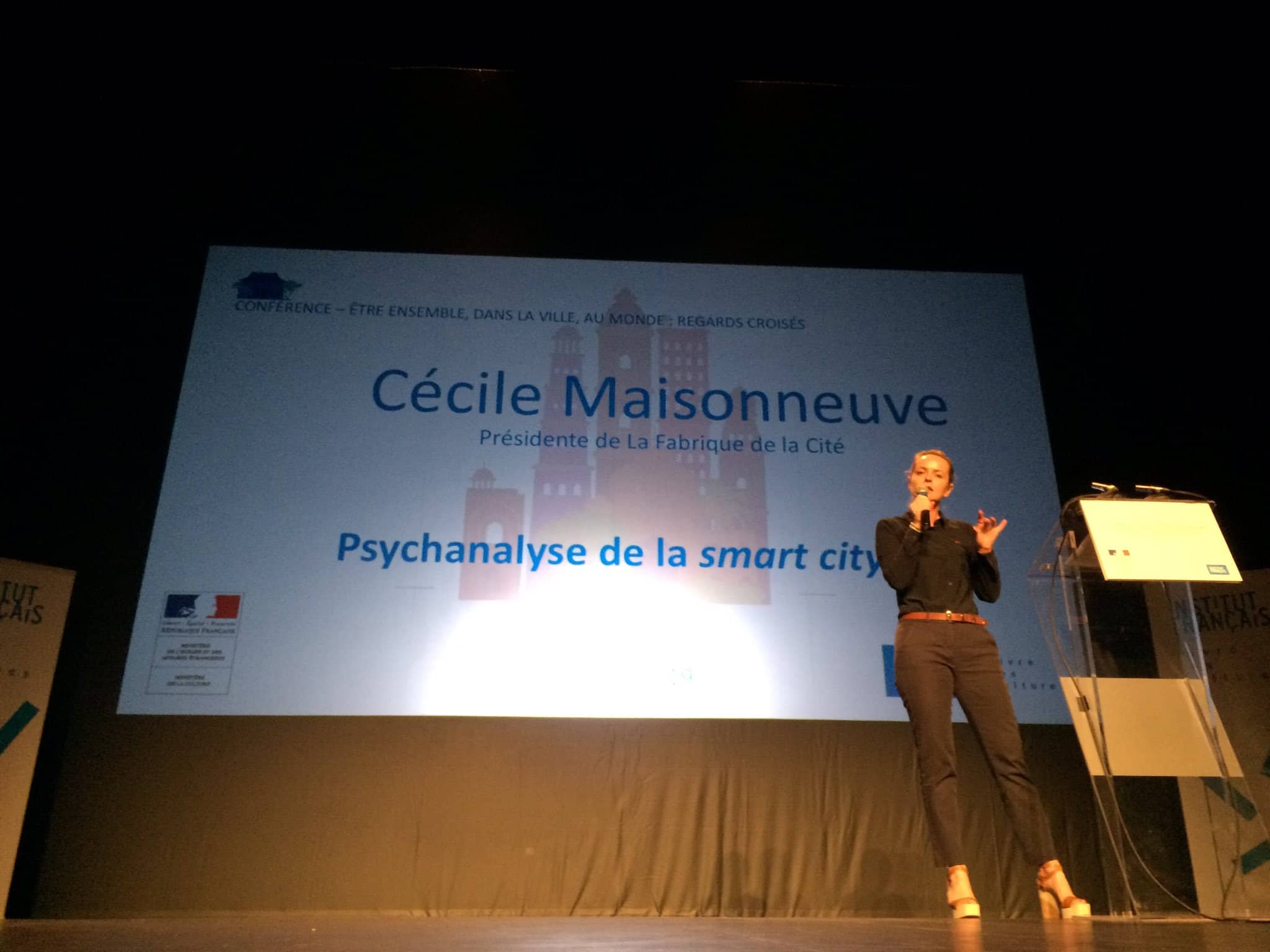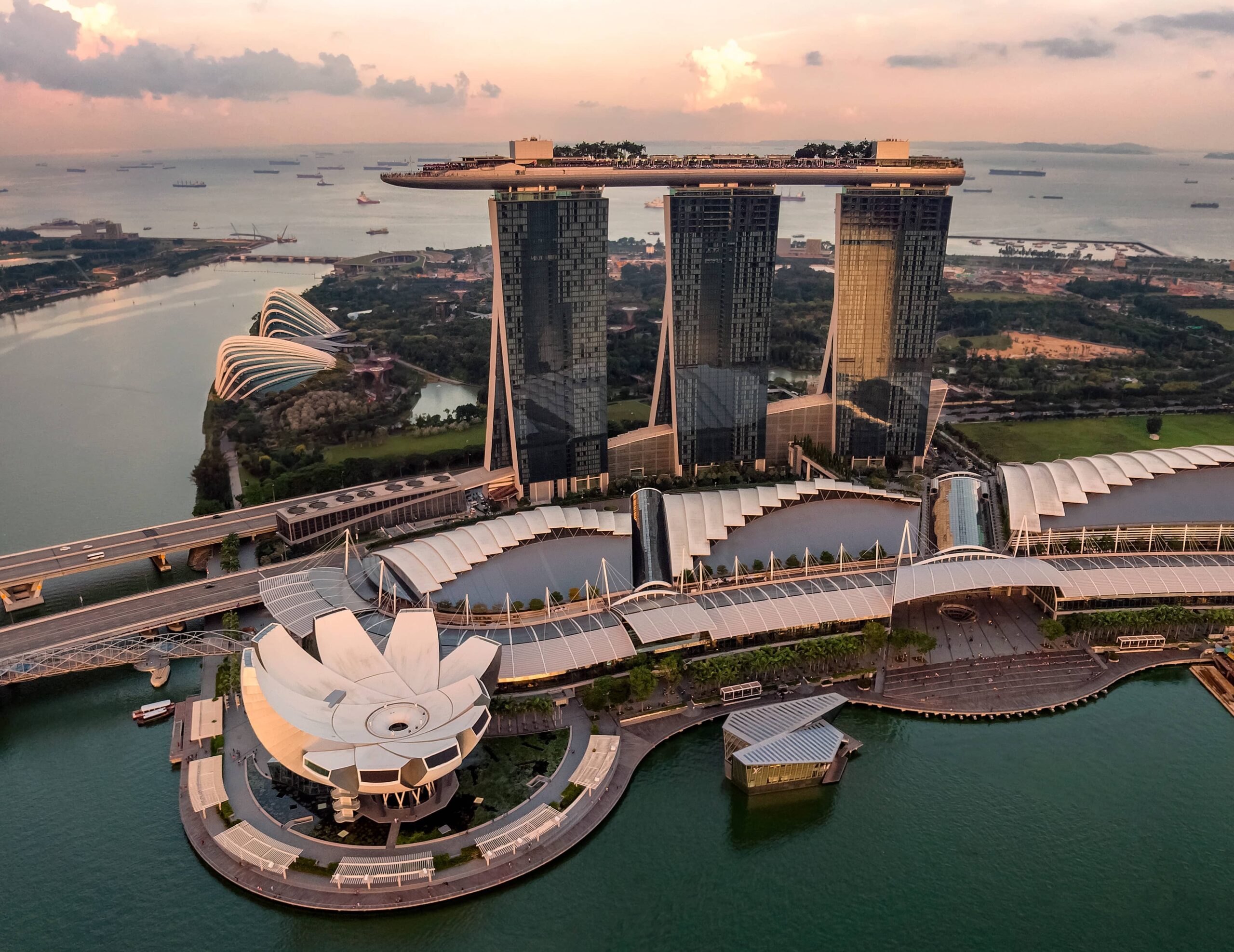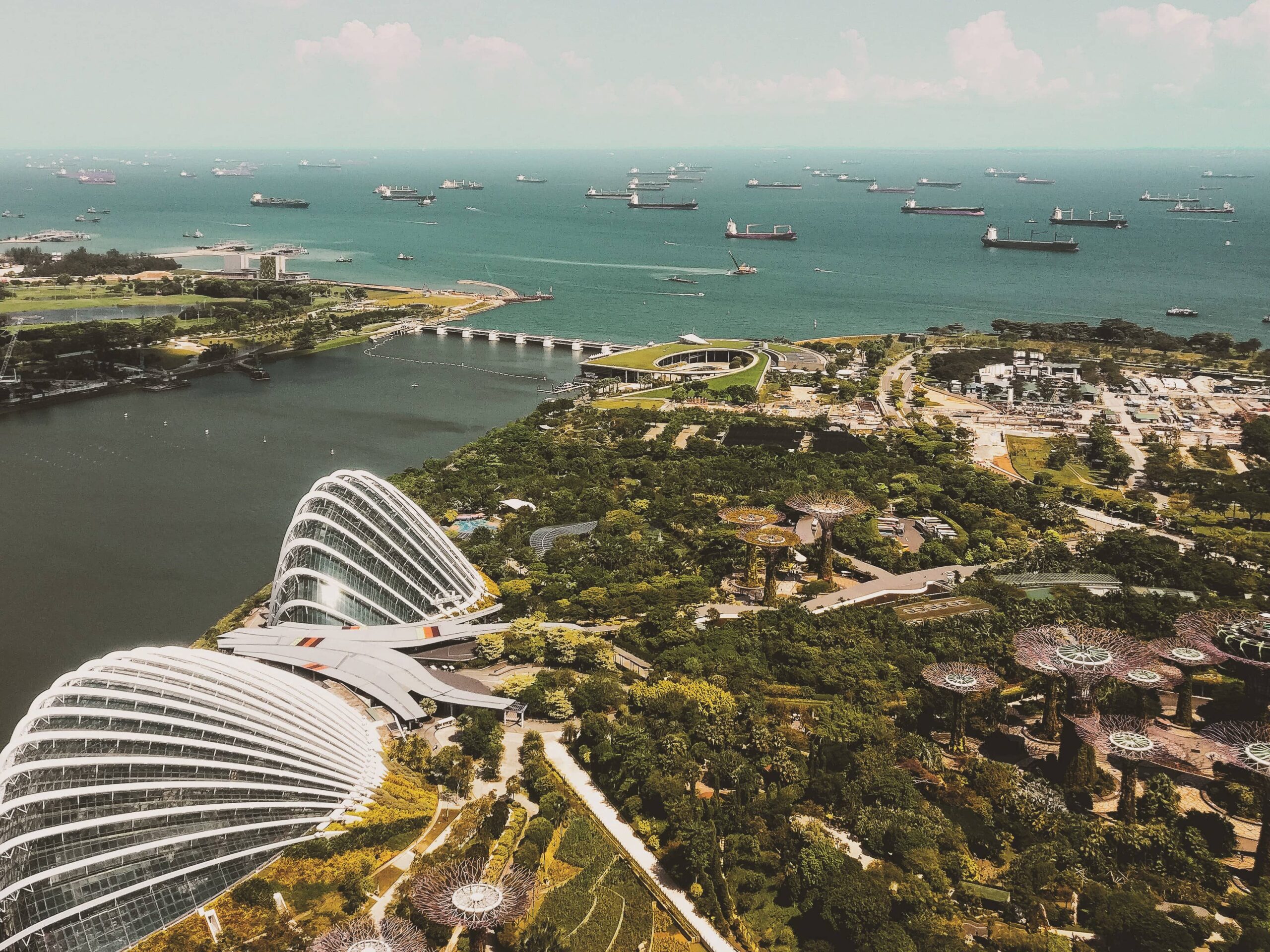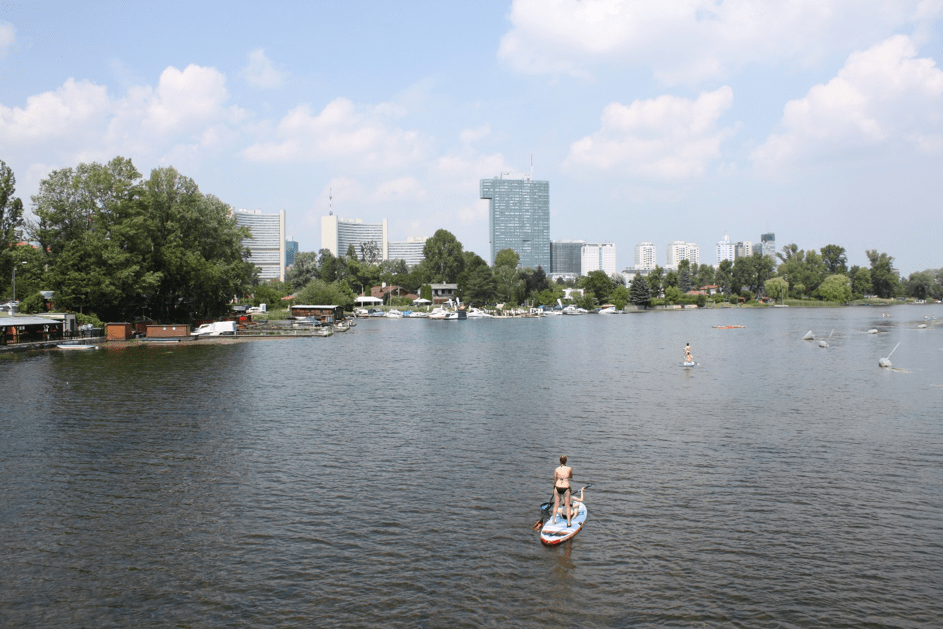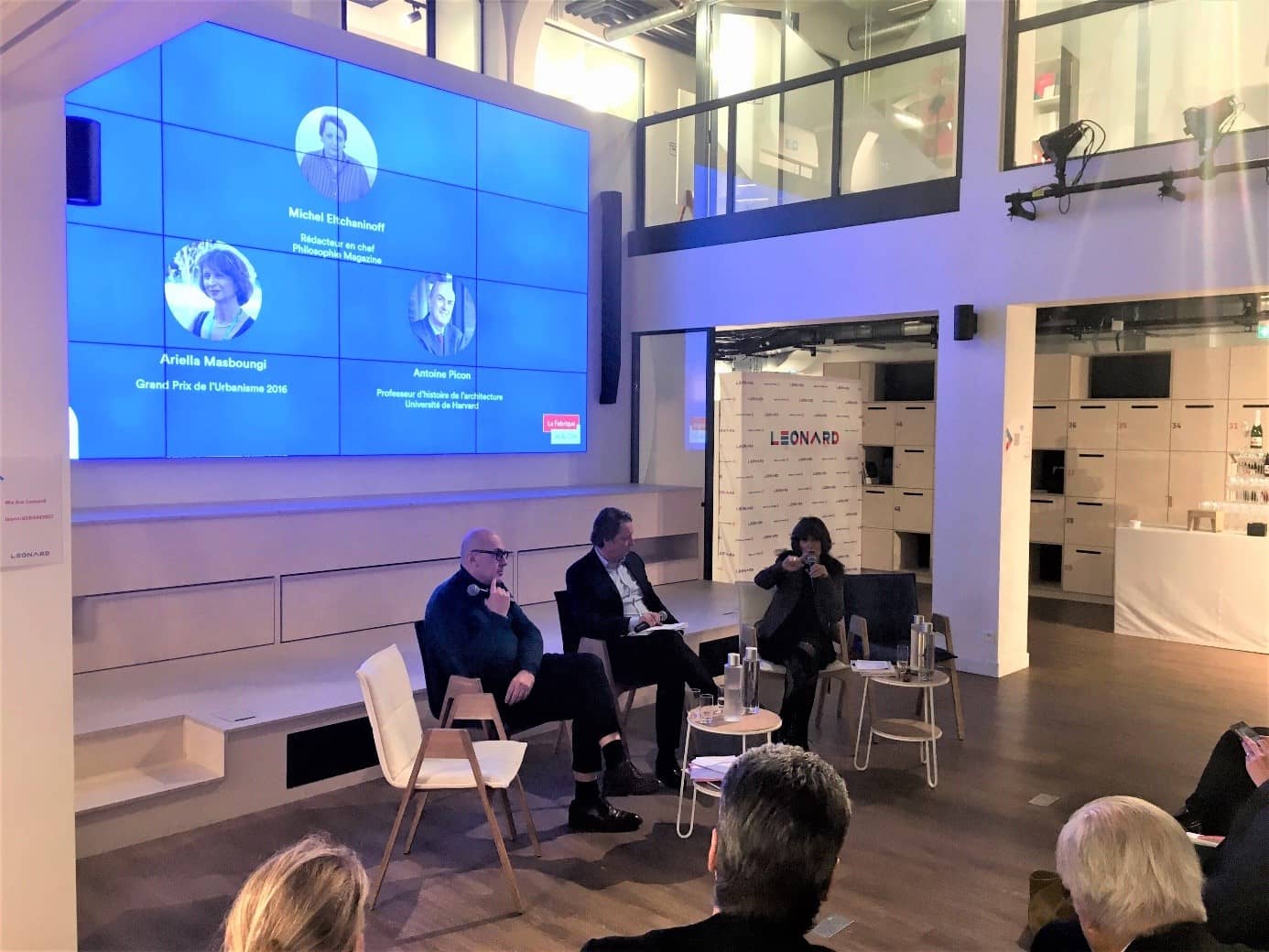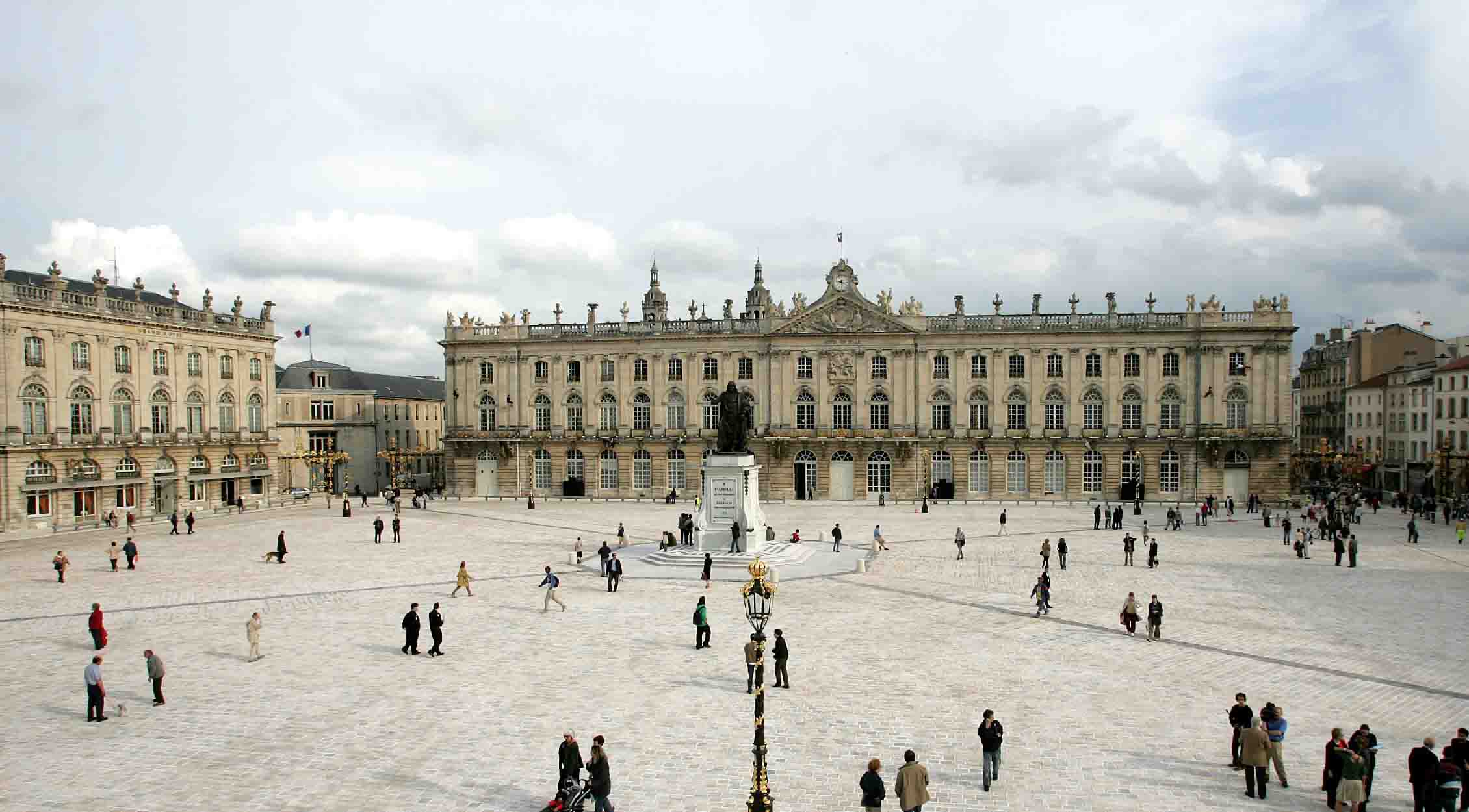

Singapore, towards a more human smart city model?
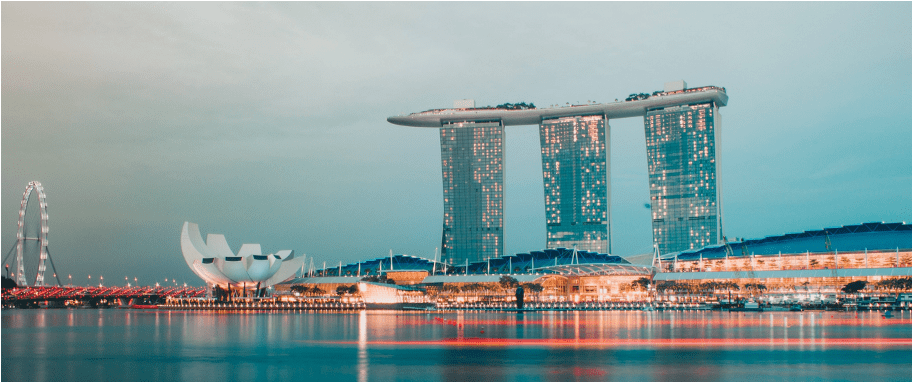
From Jakarta to Kuala Lumpur, almost all large Southeast Asian cities are building smart city policies and programs. Yet Singapore promotes the idea of a “smart nation”, through an eponymous program launched in 2014. From health apps to autonomous vehicles, this strategy aims to leverage new technologies to digitalize public services in the city-state and support citizens in their daily lives. Its ambition? To help Singapore become a model in terms of digitalized city-state and use technology to stretch the boundaries of a physically-constrained territory of 700 km2inhabited by 6 million people.
How does Singapore Smart Nation position itself with respect to other ASEAN countries? Because of its specificity between city and state, is the Singaporean program truly different from an urban smart city policy? Lastly, did it prove efficient in the fight against Covid-19?
Singapore Smart Nation, model for smart cities in Southeast Asia?
Dimitri Kremp and Benoît Gufflet met with Fabien Clavier, a researcher at the Future Cities Laboratory, an advanced urban research structure that ETH Zurich opened in Singapore in 2010, where he has coordinated a research project on the impact of big data in urban planning. He also works on the role of urban governance in the appropriation of smart city technologies within ASEAN countries.
Across The Blocks: As a researcher at the Future Cities Laboratory of Singapore, how would you define the concept of smart city, and how has it influenced your work?
Fabien Clavier:For me, the concept of smart city has a dual nature. Obviously, it refers primarily to digital tools that make urban planning more informed and more efficient. But it also includes new governance methods for cities, allowing for the mobilization of the private sector, startups, and citizens in a new and different way. My research for the Future Cities Laboratory reflects this dual nature: I study the role of data and of new digital tools (such as big data) in urban planning and work on the impact of urban governance of technology on the adoption of digital innovations by ASEAN cities.
Across The Blocks: You often refer in your work to a global tendency in the development of smart cities in Southeast Asia [1]. Does this mean that there exists only a single approach to the concept of smart city in the region?
Fabien Clavier: It is interesting to note that there exists an Asian network of smart cities, the ASEAN Smart City Network (ASCN), initiated by Singapore in 2018, when the city-state presided over ASEAN. It is mostly concerned with the industrial sector, as it was created in order to encourage the exportation of Singaporean solutions and digital services to its Asian partners. Furthermore, inside the ASEAN, several countries share similar socio-technological factors: a major influence of tech and social networks in society, strong connectivity between individuals and communities, shared acceptation of the use of data by public powers, etc. These have all helped shape a shared conception of smart city in these countries. This is the case for example in Indonesia, Thailand, and the Philippines, which share a very pragmatic vision of the concept, involving the improvement of basic city infrastructure through technology. If you take the Indonesian example and its “100 Smart Cities” program, which was launched in 2017, you will see that the associated policies often refer to the digitalization of basic public services, with a relatively moderate degree of technological sophistication. These projects often include a strong social dimension and aim at mobilizing individuals to construct of a more resilient city thanks to crowdsourcing. This emergence of citizen reporting[2]in policies associated with the smart city is also visible in other ASEAN countries with similar challenges and could thus become a regional tendency[3].
That being said, ASEAN countries do have widely different degrees of technological advancement, which leads to very different modes of urban developments: Indonesia and Malaysia differ strongly from Myanmar, whereas Singapore distinguishes itself from its partners by the sophistication of its technological instruments.
Across The Blocks: Singapore’s model is unique. What distinguishes the Singaporean conception of Smart Nation from the rest of Asian smart cities?
Fabien Clavier:Singapore has a very singular place among Asian smart cities, as it is much more technologically advanced than other major ASEAN cities. However, it is hard to talk of a “Singaporean model”: the Singaporean experiment is unique because it is a city-state, which makes it hard to replicate in other cities.
Concerning the Smart Nation program, there is a common confusion, when it comes to Singapore, around the notions of “smart city” and “smart nation”. The Smart Nation program refers to a national policy and covers mainly the digitalization of the state and public services, mobilizing the Singaporean sovereign central state authority. Simultaneously, Singapore as a “city” is also developing smart city policies through specialized governmental agencies like the Urban Redevelopment Authority (URA), which leverages digital tools to improve urban planning. And obviously, these smart city policies find in Singapore a perfect textbook case, since it is a centralized and efficient urban system with very elaborate technological instruments. In my opinion, the two major strengths of Singapore as a smart city are the city’s capacity to plan for the very long term and its highly sophisticated use of data for urban planning.
In Singapore, there is a common confusion over the concepts of ‘smart city’ and ‘smart nation’.
Across The Blocks: This is precisely the subject of your research… So, how can big data help the Singaporean smart city improve urban planning?
Fabien Clavier: Our research on big data at the Future Cities Laboratory essentially focuses on the development of new approaches and methodologies, but we are also studying several potential concrete applications. One of them consists in using crowdsourcing in the conception of a new neighborhood. In collaboration with URA, we have introduced “Ideas for Paya Lebar”, an online design tool that allows citizens to imagine the future of an airport zone in the North East of the island, which is to be revitalized by local authorities. We also have other ideas, like the analysis of data crowdsourced from social media to map the city’s cultural activities (where do citizens most talk most about art and culture?), or the construction of new 3D modelling tools and interfaces for urban planners. Of course, this is not the only research topic at Singapore ETH Center, which mobilizes around 200 researchers on a wide variety of themes: energy, mobility, urban heat islands, security and resilience in the face of crises, etc.
Across The Blocks: Speaking of crises, what role did the Smart Nation program and its digital tools play in the fight against Covid-19?
Fabien Clavier:Using its experience of SARS in the 2000s, the city-state was able to quickly implement several digital initiatives to inform citizens and mitigate the propagation of the virus, such as Whatsapp updates or contact tracing forms. These digital tools were very basic at the beginning, but their role grew as the crisis evolved: the Govtech agency, in charge of developing the digital services of the Smart Nation program, turned out to be a pillar in the fight against the virus. It created several functional tools that could be used very quickly, like TraceTogether, the Bluetooth tracing app that registers interactions between people, Safe Distance @ Parks, a web portal to visualize the real time affluence of parks, or some very complete dashboardsthat follow the progression of the virus very precisely.

Now, of course, all of these services are not yet totally familiar and used on a daily basis by all Singaporeans, but they are a good illustration of the Smart Nation’s ability to provide a fast digital response to the crisis. There lies the greatest strength of the city-state: in its ability to quickly and efficiently deploy digital tools on the urban and national scale.
For a human approach to the Singaporean smart city
Interview of Yasser Helmy – Head of Smart Cities for Cisco in Asia Pacific.
To understand the success of urban digitalization in Singapore, which has managed to attract many tech companies, such as Cisco, Benoît Gufflet and Dimitri Kremp met with Yasser Helmy, Cisco’s Smart Cities Director for the Asia Pacific zone. Returning to the origin of the concept, he retraces the evolution of this buzzword. Yasser Helmy defends an approach centered not only on technology, but also on people. That is precisely why it is from Singapore that he developed Cisco’s Smart + Connected program across Asia.
Across The Blocks: From your experience working with different cities around the world, how would you define the concept of a “smart city”?
Yasser Helmy:The concept of “smart city” has been overused and abused. In fact, its main challenge is that there is no clear definition of what is or is not a smart city. Everyone defines it however they want. Yet most people agree with the idea that it has to be linked with data and with people.
But to truly understand this concept, we have to go back to its origins, more than 12 years ago. Back in 2008, the world had not yet crossed the 50% threshold of people living in cities, and it was clear that more and more people were going to move to urban areas in the following years. At the same time, the world’s economic growth was shifting towards Asia. With an ever-growing population in these booming territories, new cities had to be constructed from scratch, but in a different way. Why? Because there was no reason to build cities like we used to, 150 years ago. There was a new opportunity to make cities more efficient and more connected, using new data. That is why smart cities were born.
Across The Blocks: You refer to data and connectivity as a lever for urban transformation. What is its concrete impact on city management?
Yasser Helmy:Since the birth of smart cities, people and objects have become more and more connected, as shown by the rise of the Internet of Things (IoT). Cars, traffic lights, garbage cans became more efficient as they became more connected. This was, and still is, a huge opportunity for cities, as it offers new possibilities in terms of environmental sustainability, inclusion, diversity, and economic sustainability. For instance, public lighting sometimes represents up to 40% of cities’ electricity consumption. Using LEDs can be a first step in decreasing this number. But cities can do more. There is no need to keep 100% of public lights turned on every night when we can have a dynamic system that automatically adapts to traffic in real time, and therefore move public light utilization between 20% and 80%. To do so, public lights must be interconnected and operated though an intelligent platform. This is where the smart city ecosystem plays a major role, with a whole set of companies, from big tech like Cisco to new startups, working to bring forward new solutions.
Across The Blocks: Singapore seems to be showing the way in the Asean region. How do you explain the successes of the city-state and should it be seen as a model to replicate?
Yasser Helmy:Singapore is a safe haven for companies working on “smart” projects. With its Smart Nation concept, the city-state brought connectivity everywhere, making businesses and people a part of the transformation. This program allowed people to understand new technologies and to get on board with many new solutions. For instance, the web portal Safe Distance @ parks, born during the Covid-19 crisis and which provides information on park occupancy, was quickly adopted by people because they had been prepared for this type of digital initiatives. And of course, the successes of the Smart Nation program are also due to a favorable socio-economic, demographic, and political context.
However, most of these projects would be difficult to replicate in other countries or cities: copying the technology would not mean automatic success. Interestingly enough, this is what the Asean Smart City network proves as it broadens the definition of “smart city” and shows how it can be derived in different ways. Created in 2018 by Singapore, the ASCN is comprised of 26 cities which are, for the most part, far less advanced than Singapore in terms of digitalization, and thus do not have the same approach. For instance, Jakarta is a city faced with many challenges that do not really exist in Singapore, like heavy traffic and pollution. To solve these issues, they are trying to implement programs based essentially on software and apps, because investing in infrastructure upgrades, like Singapore often does, is too capitalistic and cannot have the direct impact sought by the municipality. Looking beyond the ASEAN region, the concept of a data-driven city also has limitations: for instance, data collection strategies aiming to provide a maximum of new services cannot be implemented in the same way in Europe, in a different cultural and ethical context. Each city in the world has its own scenario and thus needs to find its own smart city path…
Technology cannot solve everything on its own: it must be a tool to achieve something bigger.
Across The Blocks: You mentioned the role people and digital literacy can play in making digital initiatives successful. Do you believe the vision of a data-driven smart city has evolved since its early stages in the 2010’s, towards better acknowledging the central role of people?
Yasser Helmy: From the beginning, smart city initiatives were very tech-driven, and many cities did not really question the benefits of tech. There was no purpose or identified goal for the new technologies that were being tested. This was a mistake, because tech in itself cannot solve everything: it has to be an enabler for something greater. The example of Barcelona is striking: the city experienced a smart city boom around 2015, which focused too much on tech and brought forth too many actors and investments at once. From that point on, I think there was a realization that pilot programs required an identified purpose to be truly useful and impactful for people.
In the same way, there has been an evolution in the way common data platforms, often seen as the core of a smart city strategy, are approached. The initial idea was to offer cities a common technological architecture, collecting data from all public agencies to have a centralized urban monitoring platform. But the reality is that most public departments have difficulties collaborating: a city’s police would not cooperate with the waste department, in France the métropole would not be willing to work with the département. With this observation in mind, the trend is now to focus on data platforms dedicated to specific agencies, working for instance on lighting on one side, parking on the other. In addition, data collection itself has evolved. Rather than relying on the installation of sensors around the city, which were often damaged by rain, snow or sand, these monitoring systems are now becoming video-based, with intelligent and automated analytic tools. Just like the smart city focus, which evolved from a tech-centered vision to people-oriented initiatives, cities’ relationship with data is also shifting from quantity to quality.
Across The Blocks: Looking at these evolutions, do you believe the concept of smart city has become outdated? With what word should it be replaced?
Yasser Helmy: I could not agree more. It is time for smart city to move on. This is something I have also noticed at Cisco, where the idea of Connected Communities has been promoted in opposition to smart cities, because digitalization strategies do not have to be limited to cities and can also applied at the village or national scale. In fact, I often ask myself: do we still need to find an adjective? I’m old enough to remember when we had black and white TV, and I remember when the first color TV arrived, we would all talk about “color TVs”, but at what time did we stop talking about color TV and just referred to TVs instead? In the same way, at what point will we stop talking about smart or connected cities, and just talk about cities?
[1] PILSUDSKI, T., TAN, S., TUNAS, D., CLAVIER, F., STOKOLS, A., TAEIHAGH., A. “The Shift Towards Smart Cities in Southeast Asian Cities: The Role of Urban Governance”. 55th ISOCARP World Planning Congress Jakarta-Bogor, 9-12 September 2019.
[2] Feedback from citizens via mobile applications or digital services.
[3] On the discussion of the idea of an Asian model of smart city, see the booklet of La Fabrique de la Cité published in March 2020. URL: https://www.lafabriquedelacite.com/publications/un-modele-asicaine- de-smart-cities /
Find this publication in the projects:
-
Smart citiesWith this research project, La Fabrique de la Cité will question the four approaches to the smart city that have emerged in the past decade.
-
Urban Expedition to SingaporeSingapore has developed an integrated approach of its territory and has associated careful governance to the use of technology in order to address its contemporary and future challenges.
These other publications may also be of interest to you:

Toronto: How far can the city go?
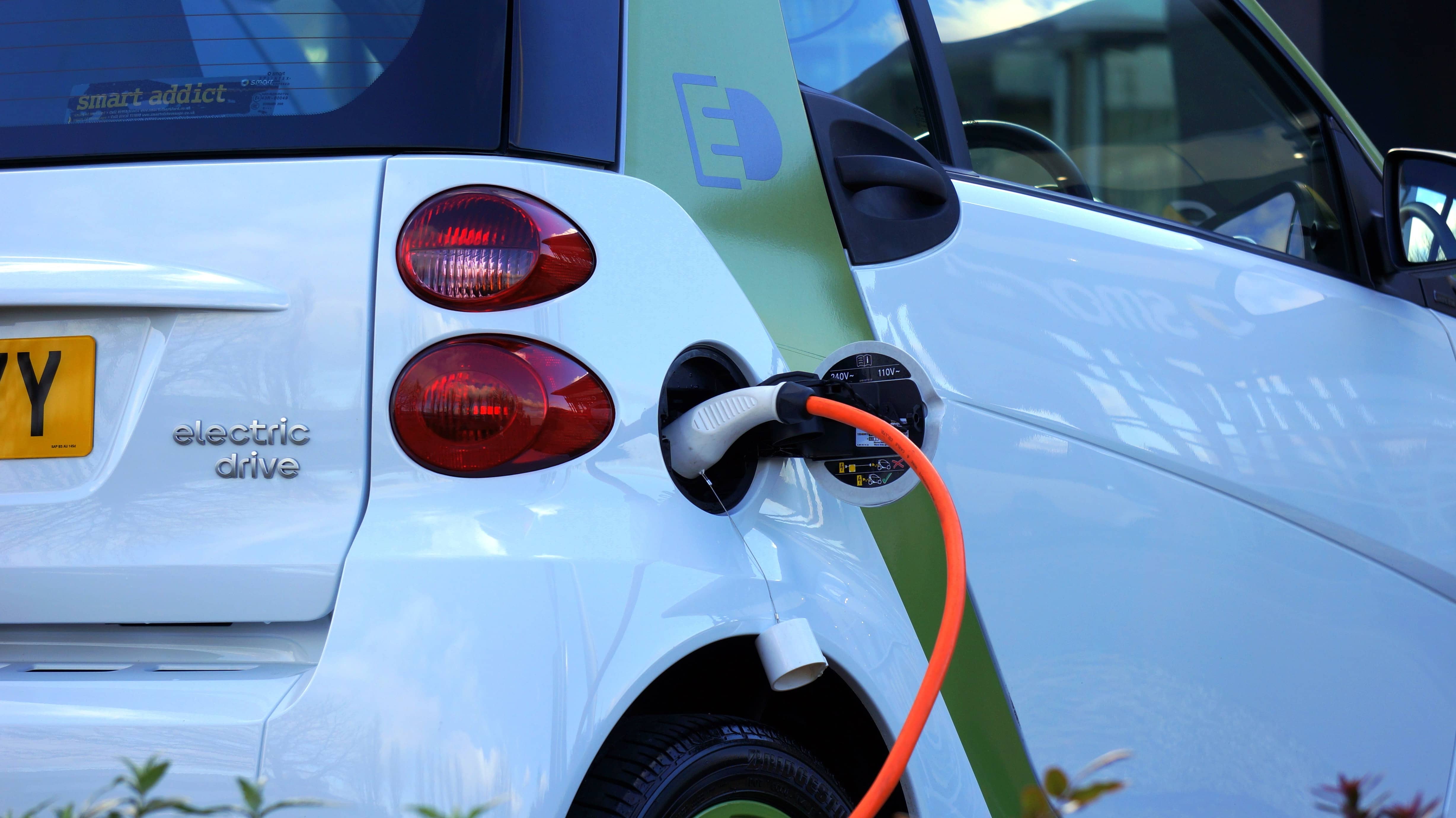
The political and technological challenges of future mobilities

Nature in the city
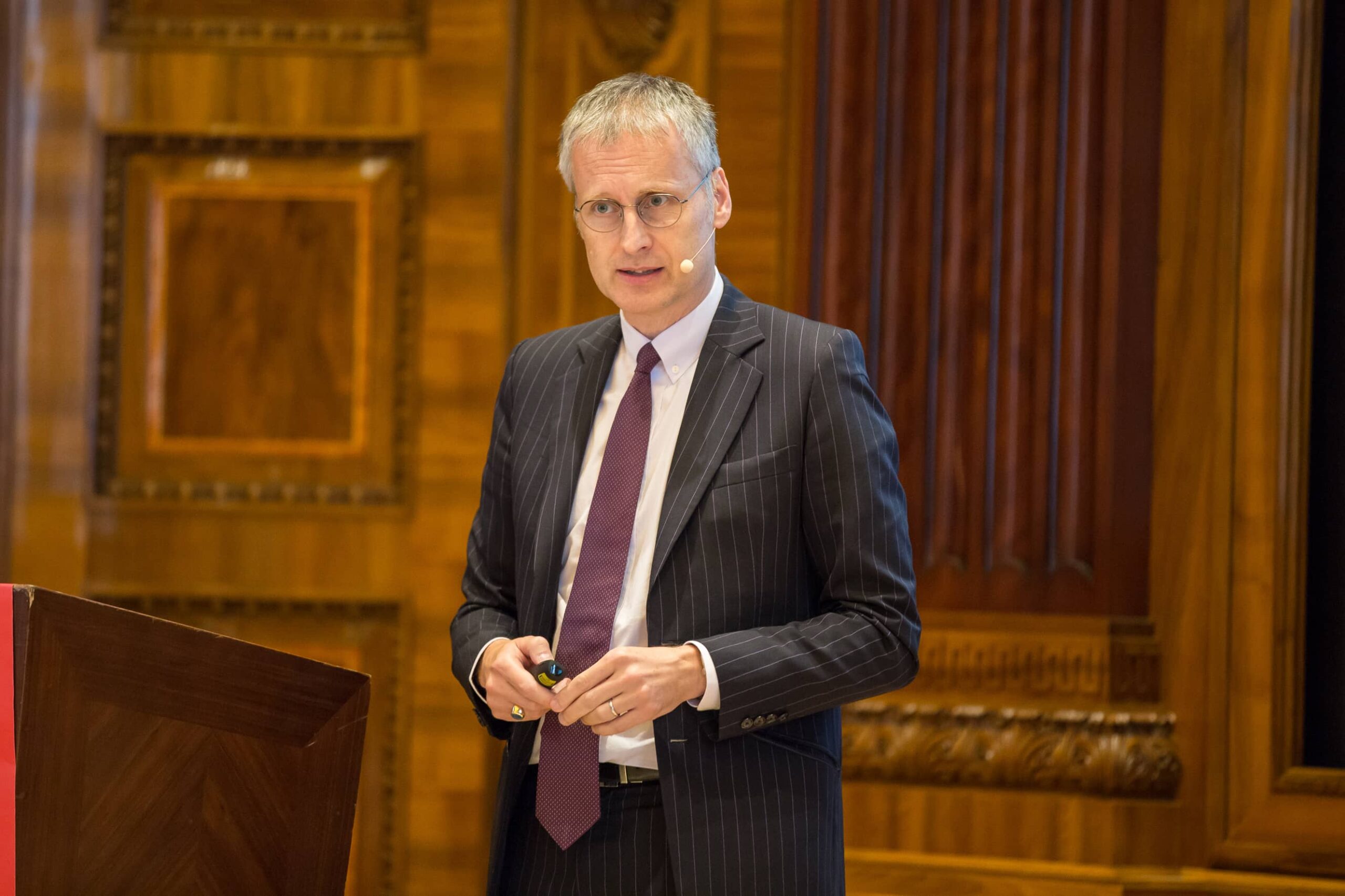
Viktor Mayer-Schönberger: what role does big data play in cities?
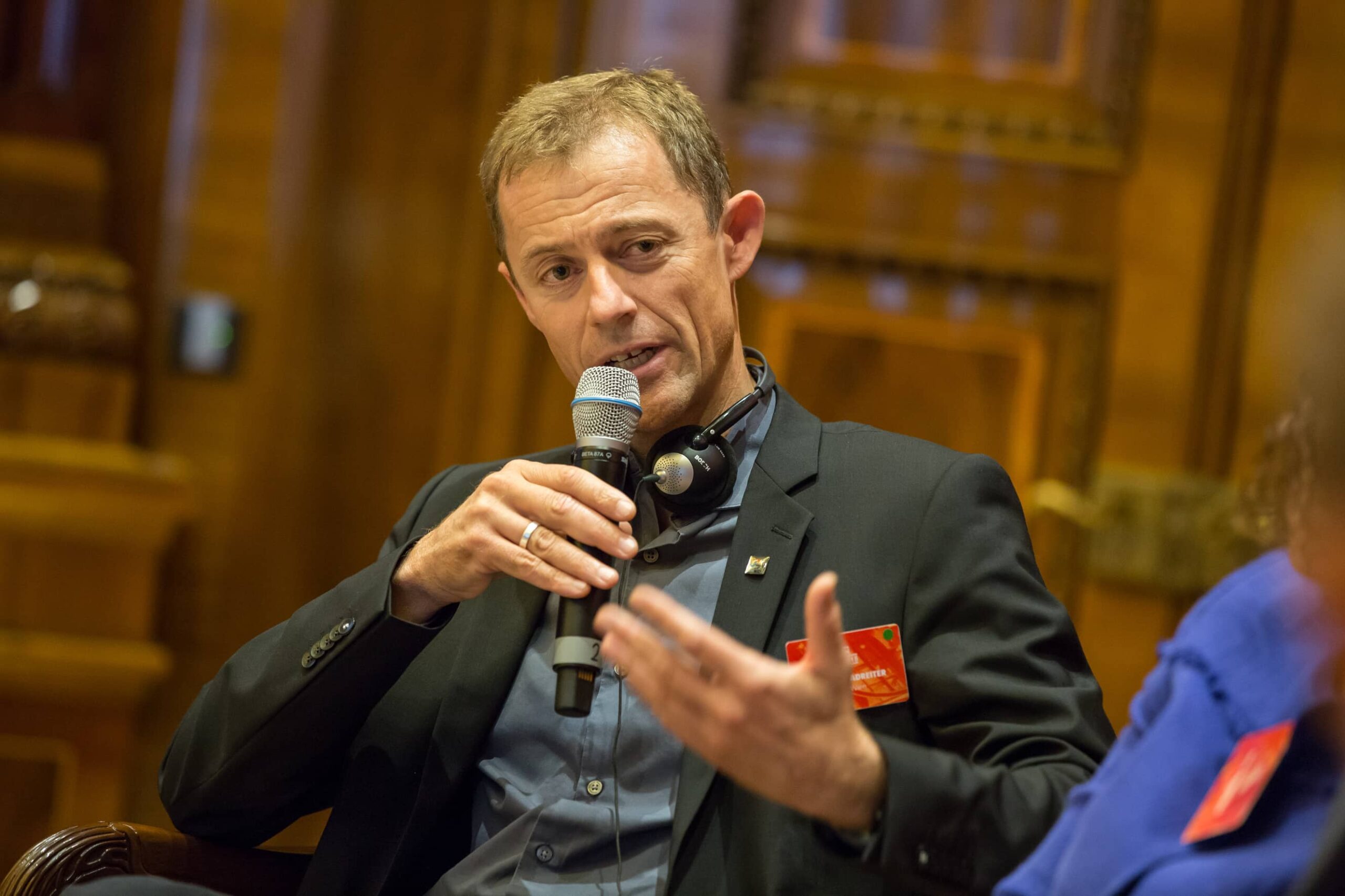
Thomas Madreiter: Vienna and the smart city
La Fabrique de la Cité
La Fabrique de la Cité is a think tank dedicated to urban foresight, created by the VINCI group, its sponsor, in 2010. La Fabrique de la Cité acts as a forum where urban stakeholders, whether French or international, collaborate to bring forth new ways of building and rebuilding cities.
















